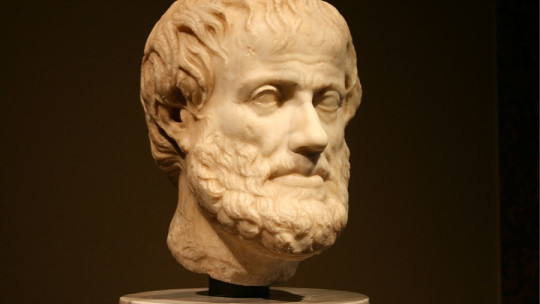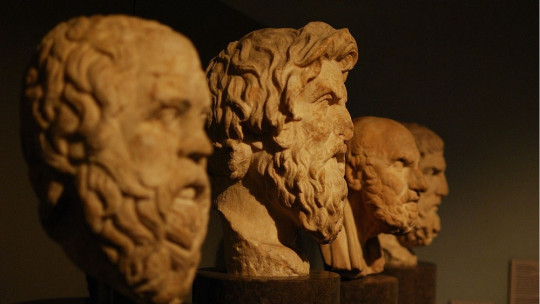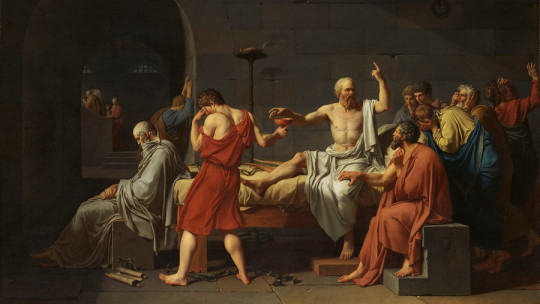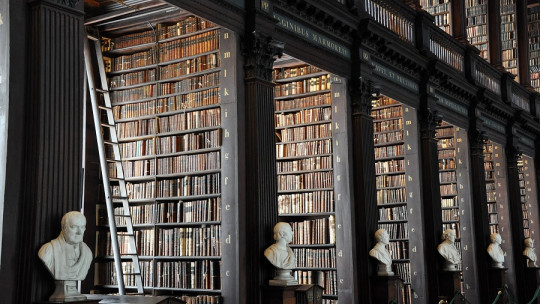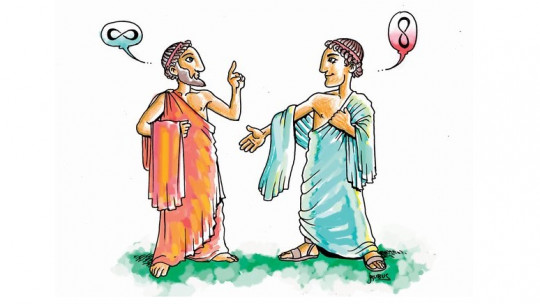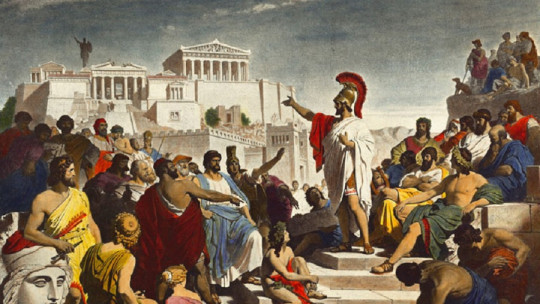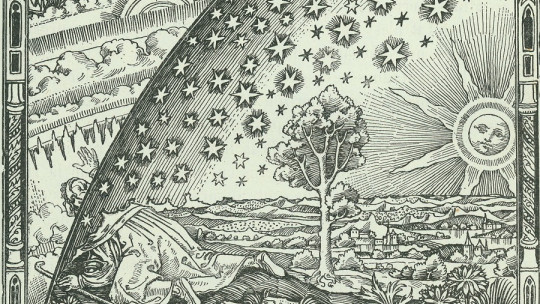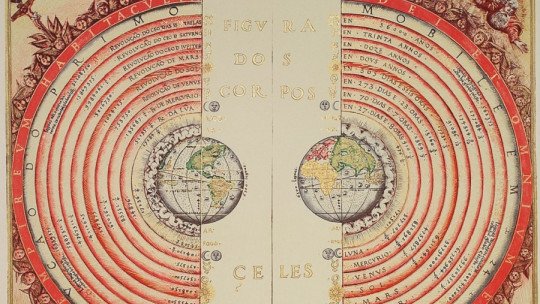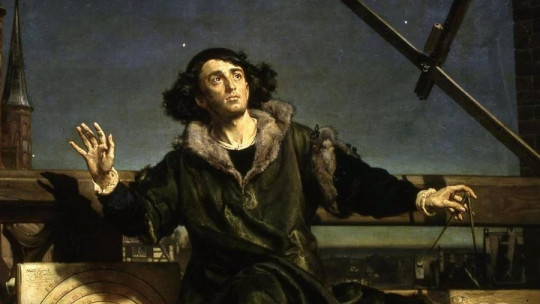Aristotle was a philosopher and researcher born in Ancient Greece. He is considered the father of Western philosophy along with Plato, and his ideas have had a great influence on the intellectual history of the West.
Here We will know the types of causes according to Aristotle: the formal, the material, the efficient and the final The author thus insists that we must know the principles of natural beings.
Aristotle’s theory of four causes and his notion of motion
Aristotle developed a very influential theory in the history of thought: the theory of four causes This theory was focused on understanding movement, which according to the philosopher has a broader meaning than in our language, and is synonymous with change in general.
According to him, movement can be natural or violent If it is natural, Aristotle defines it as “every object in the universe has its own place in nature, and he who is not in his proper place will strive to reach it.”
Consider that every change has a cause. According to Aristotle, knowledge (whether scientific or philosophical) it is always knowledge by causes; you know something when you know its why (the reason for its existence), that is, the first cause. But he distinguishes up to four types of causes that explain what happens in nature.
Types of causes according to Aristotle
The types of causes according to Aristotle are the formal, the material, the efficient and the final. The first two are intrinsic (they constitute the being), and the other two are considered extrinsic (they explain the future).
In reality and as we will see, the four types of causes according to Aristotle are in a certain way reduced to two: form and matter; matter as an indeterminate substrate, and form as the principle of all determinations. We are going to know each of the causes according to this Greek thinker.
1. Formal cause
What form or structure does what we study have? It’s about the form. This is the cause of something insofar as it determines that something, and makes it be what it is. This is the specific cause of the entity in question, that is, that of the species. It is the essence of the object or being This cause determines the second, the matter.
If we relate this cause to learning, they would be theories or models of learning, and they can be expressed in mathematical or computational terms.
2. Material cause
What is it made of? This concept of Aristotle’s theory of causation refers to the matter in question, the passive condition, necessary as a substrate that receives form and is maintained through change. From it something is born, emerges or becomes; It is something totally indeterminate, for example a stone, wood,…
This cause makes the world not a world of pure forms (like that of Platonic ideas) but a sensitive and changing world.
Applied to learning, it also refers to neural changes, the physical changes in the nervous system that mediate learning.
3. Efficient cause
What agent produced it? It is the beginning of change or movement, that agent that produces such a change In other words, it is the motor or stimulus that triggers the development process.
It is the “cause of what the thing is” (for example, that the child is a man, or that the table is the table). As we have seen, only this cause can set the thing in motion.
These are the necessary and sufficient conditions to produce a result in behavior It is the previous experience with specific stimuli and responses that produces the change in behavior, which signals the presence of learning.
4. Final cause
What function or goal does it fulfill? It is about the reality or end towards which a being is directed, the goal. It’s the perfect act, the goal of a being It is what the individual orients himself towards. It would be like the plan considered insofar as it is not yet incorporated into the particular thing, that is, nature aspires to it but it has not yet been “achieved.” It is the perfection towards which things tend to reach.
Applied to humans, this cause allows the subject to adapt to the environment Learning mechanisms evolve because they provide a reproductive advantage.
Example
Let’s think of a simple example to illustrate Aristotle’s theory: imagine a statue. Following Aristotle’s types of causes, the material cause would be the bronze of the statue, the formal cause would be the shape of the statue, the efficient cause would be the sculptor and the final cause would be adorning a temple.

